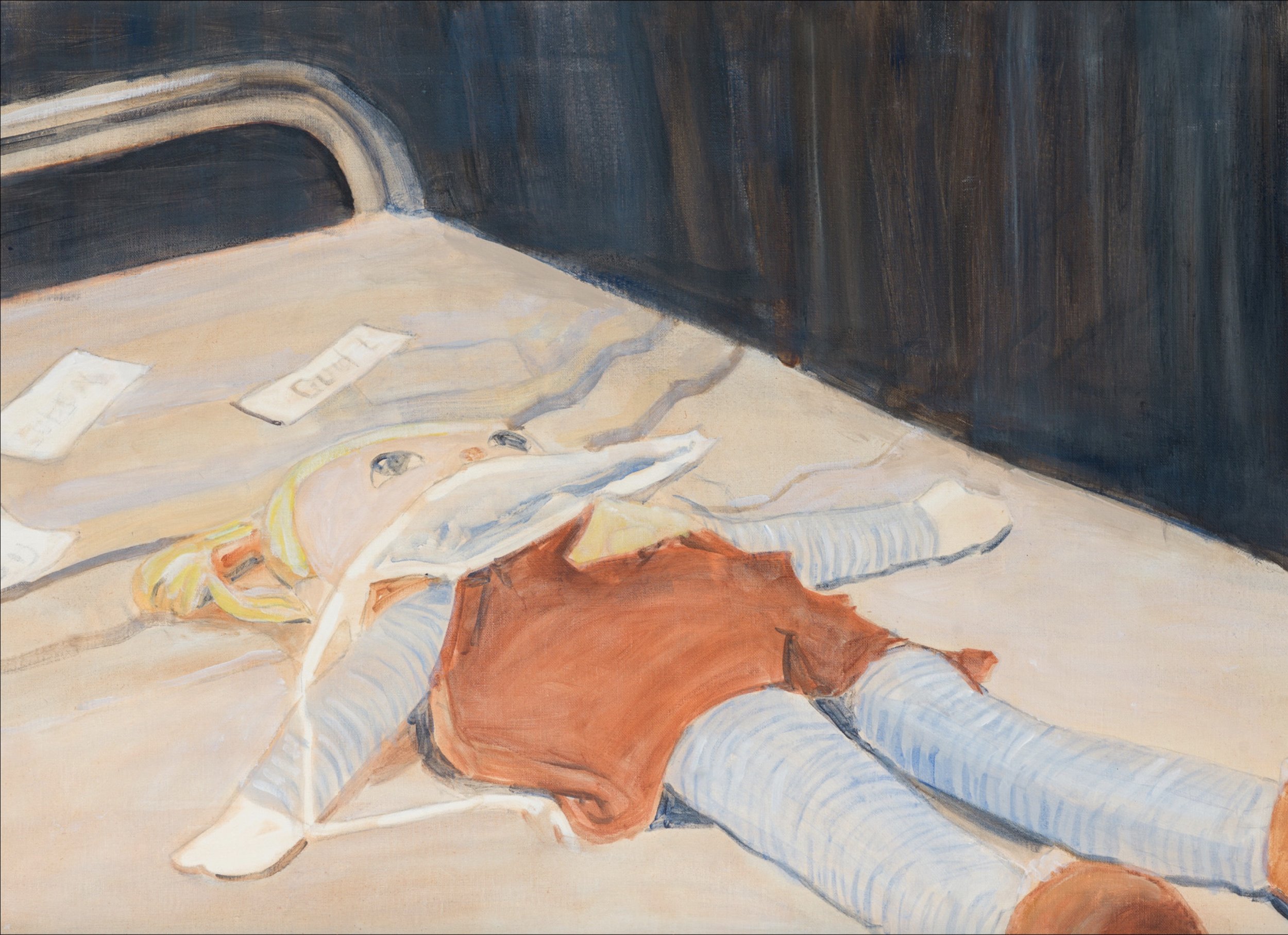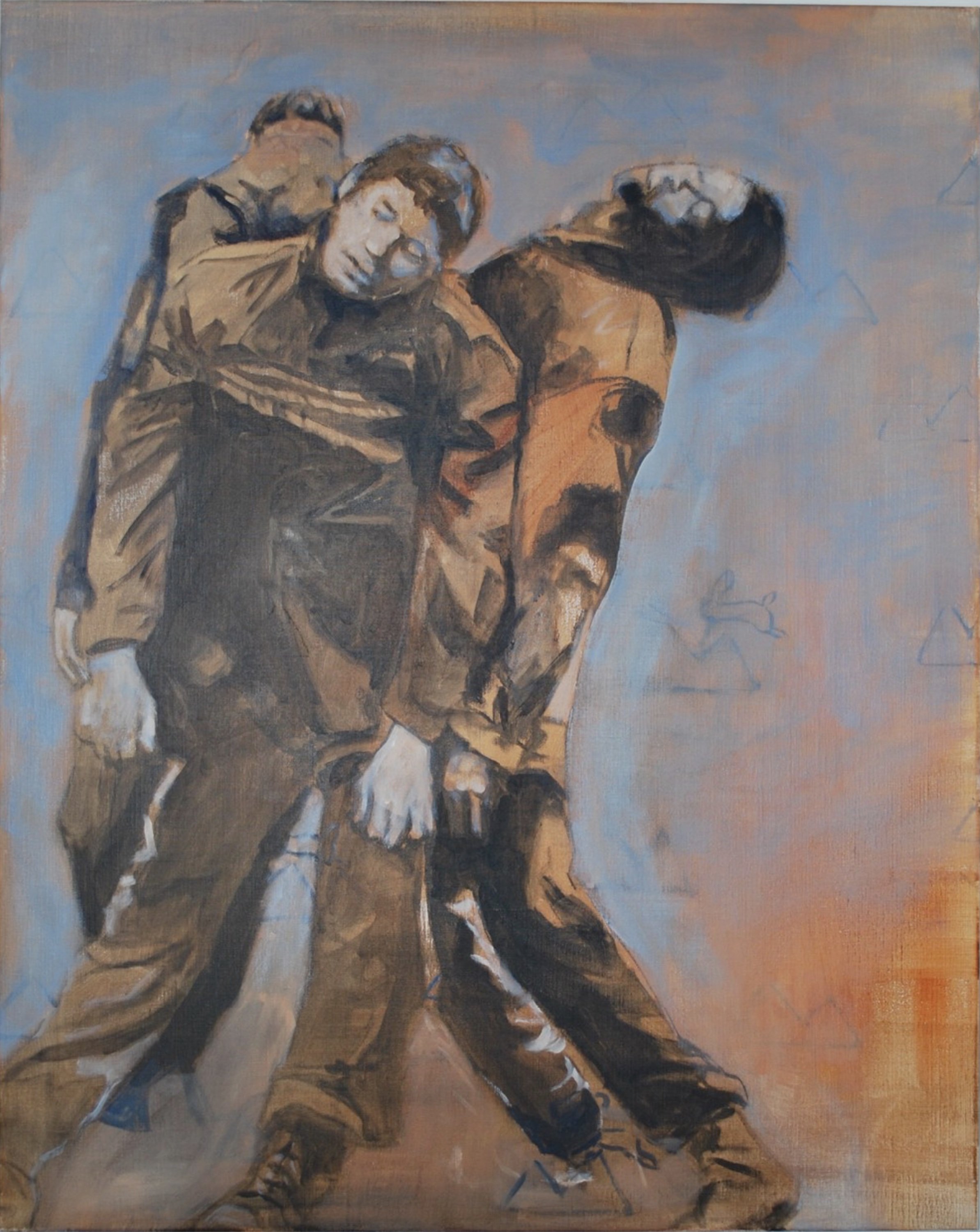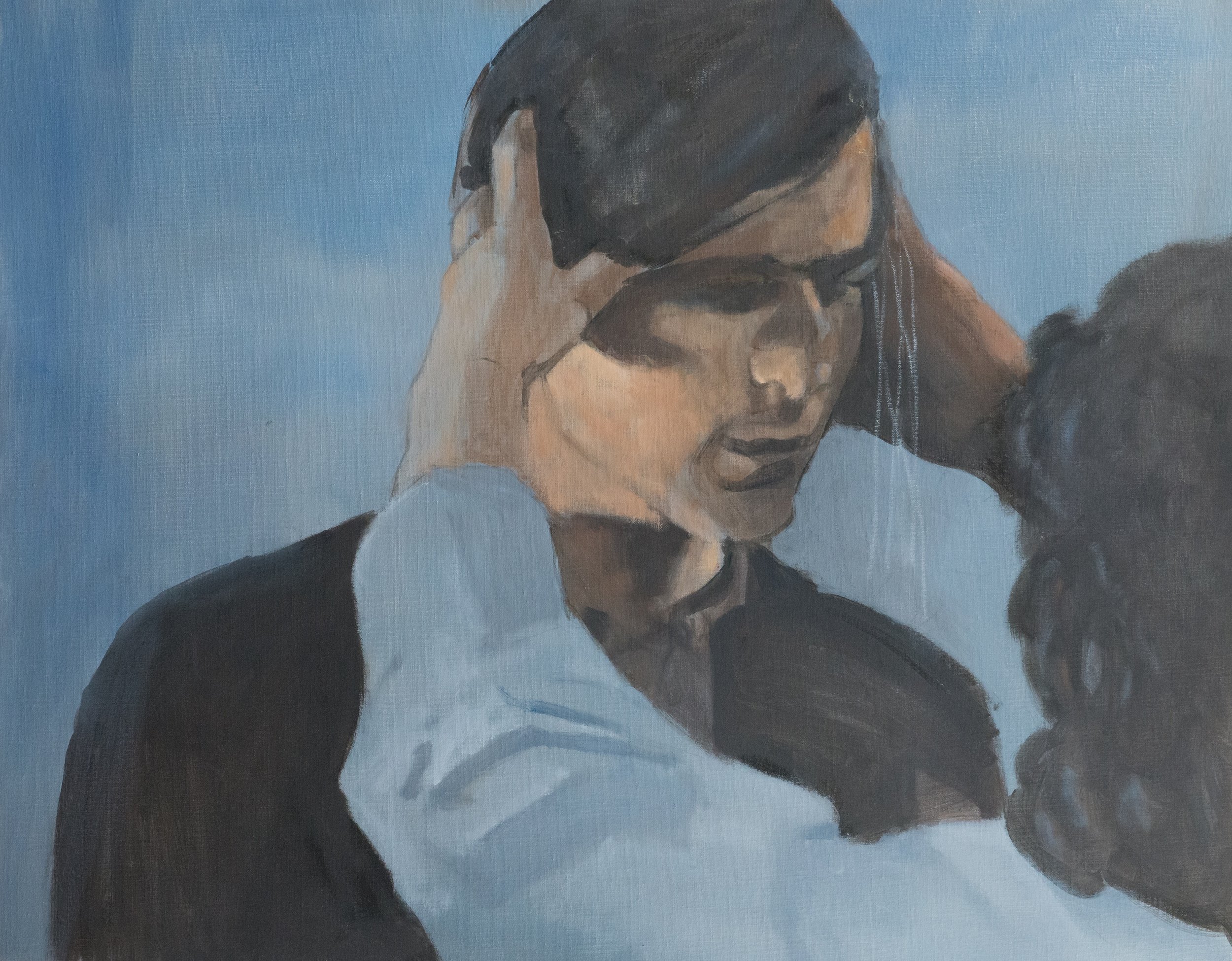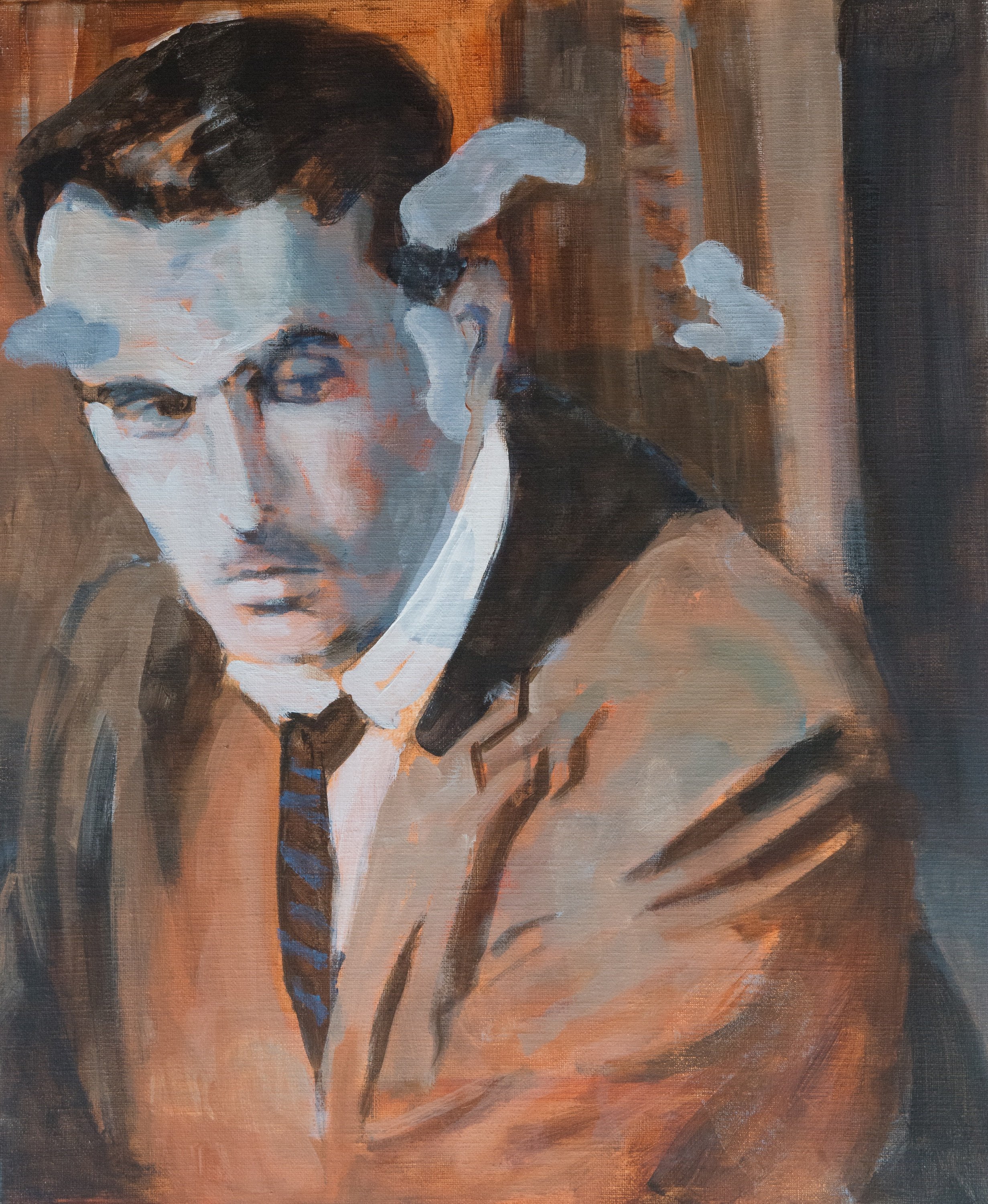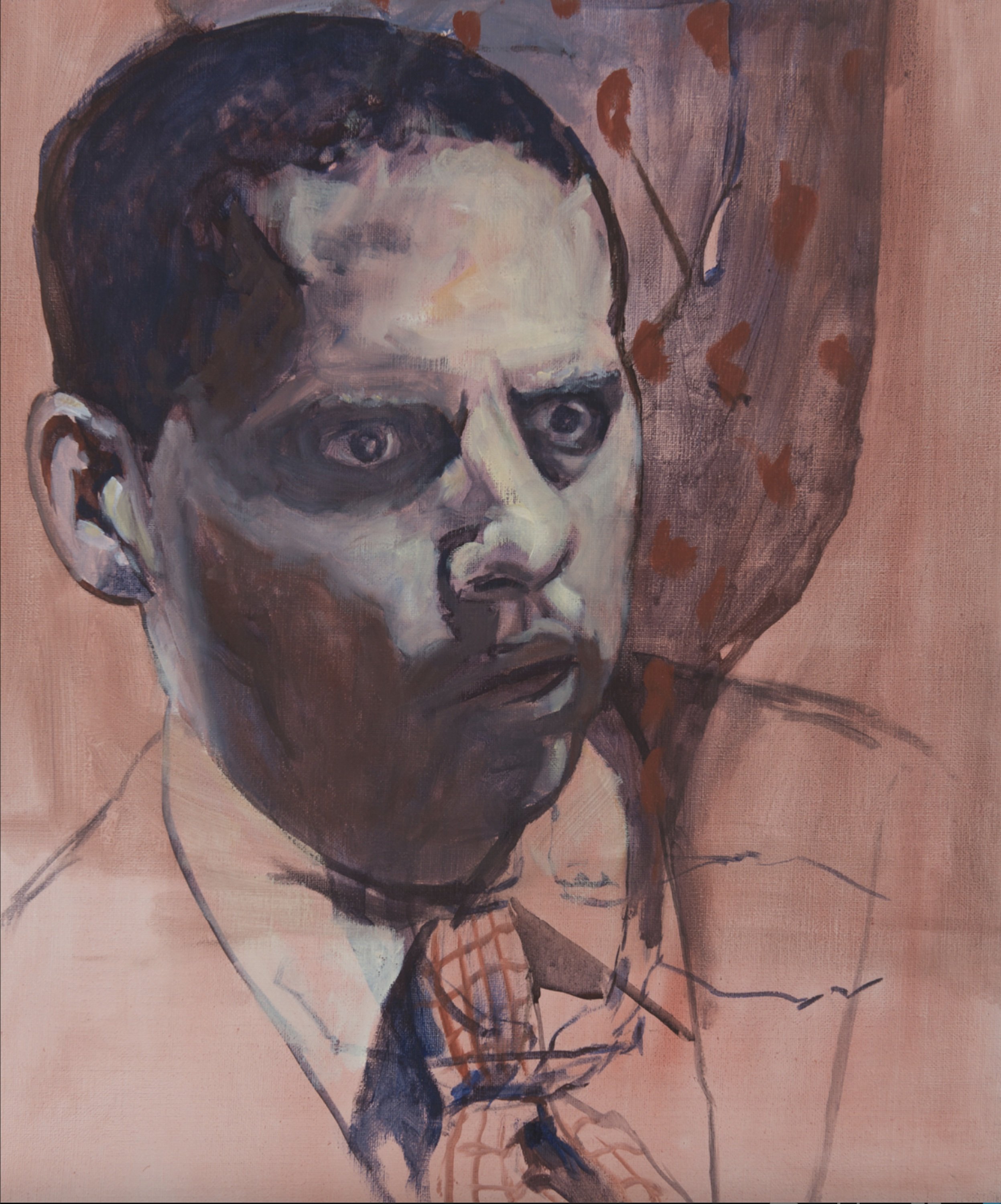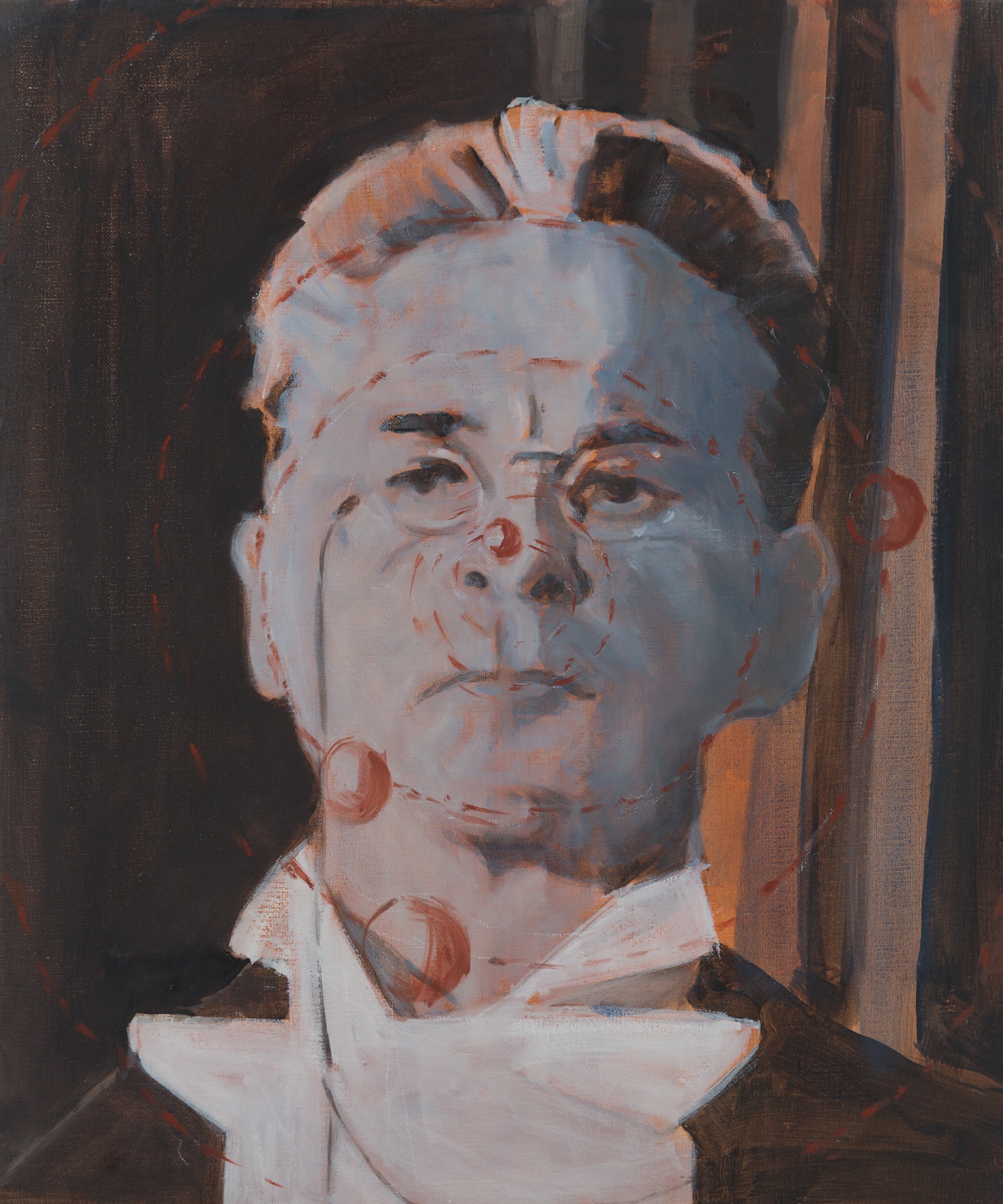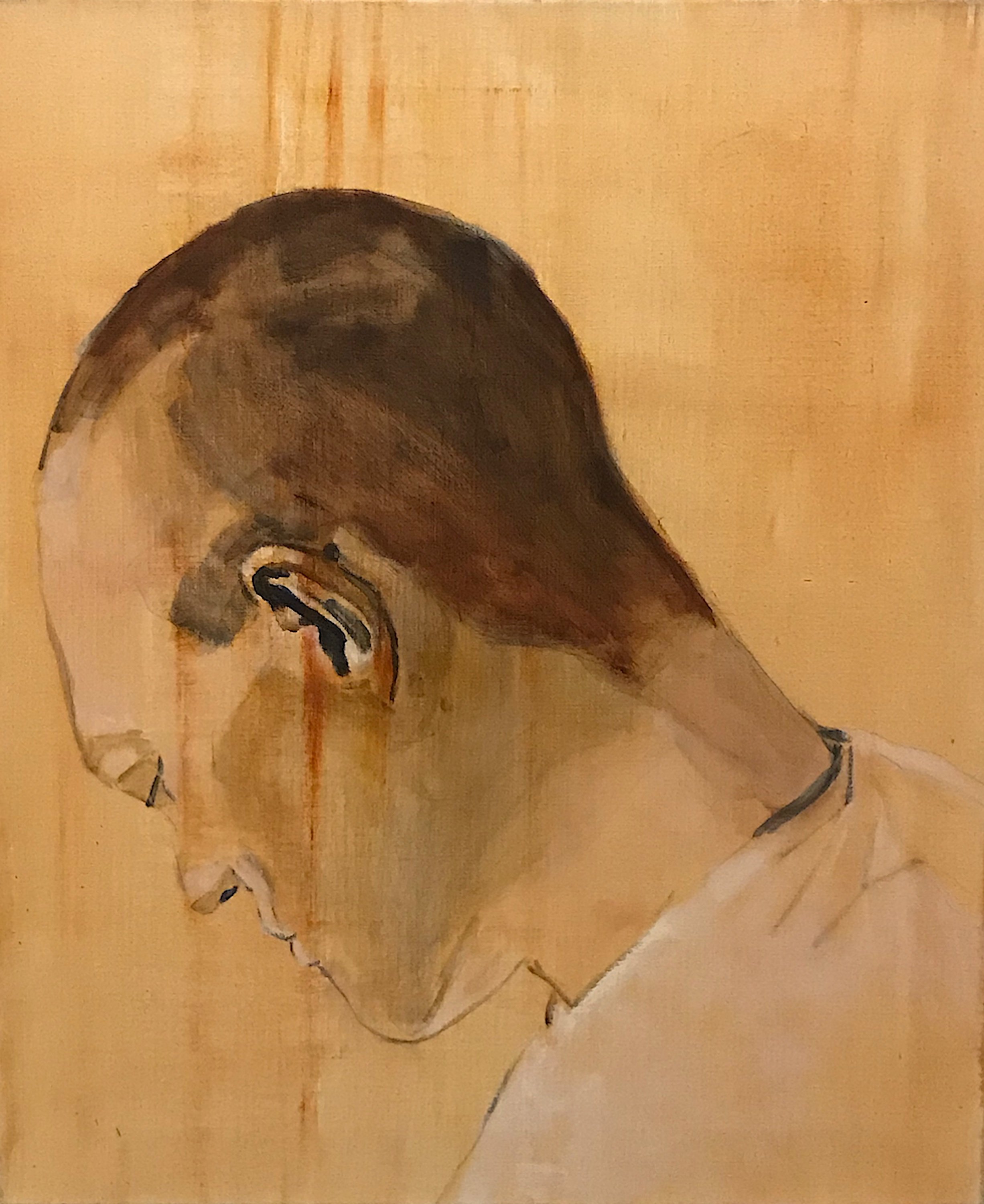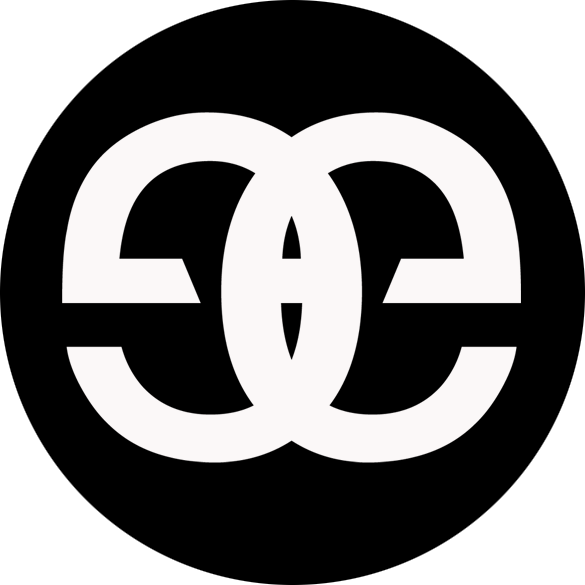CHRISTINA MIGNOLET . Facing the subject in portraiture, 2022
A portrait brings with it at least two referents. The first is the portrayed as body, as material form. The second is the essence of the face, the unique authenticity of the portrayed other. But, perhaps, there’s a third one: the portrait as an inward self-portrait through the portraits of the portrayed others. It seems as if in the art work of Christina Mignolet these three layers of portraying comes to an integrated synthesis. Of course, it is not of my business to make an analysis of the psychology of the artist. But facing the pain, the distress, the loneliness, the human sacrifice, the compassion and the sometimes rough innocence of her figurations, we – as audience – have a looking in to what’s going on inside people, although one will not notice it in general. Mignolet succeeds in giving sense to expressions. One wonders what’s going on inside. There’s some subtle meaning not expressed, not explicit, but always underlying present. This is precisely the idiom of her art work: an alienating characterizing of the human being. This may be recognized in all the different ways she brings in view people: wounded children, loving lesbians, anonym loners, desperate young people, women in solitude of jouissance, secrets moments, innocent girls, girls grown together, etc. It is of a surprising “non existing” unity between the model and the painted result. In this Mignolet made it possible to realize the subject as simulacrum instead of as origin. All what happens between this gap from the origin to the painted portrait, between her own experiences and the way she puts everything in frame, all this is left in mystery. Mignolet’s portraits are not at all referring to mass-media-produced stereotypes. There’s somebody outside the portrait. This particular person is inside her or his portrait. But in the meantime as an undivided subject, and as someone who lives the lives of people threatened by the misery of human kind. More than everything, there’s hope for love in all her paintings. — Joannes Késenne
Christina Mignolet was born in Belgium in 1963. She lives and works in Hasselt, Belgium. Her work has been shown internationally

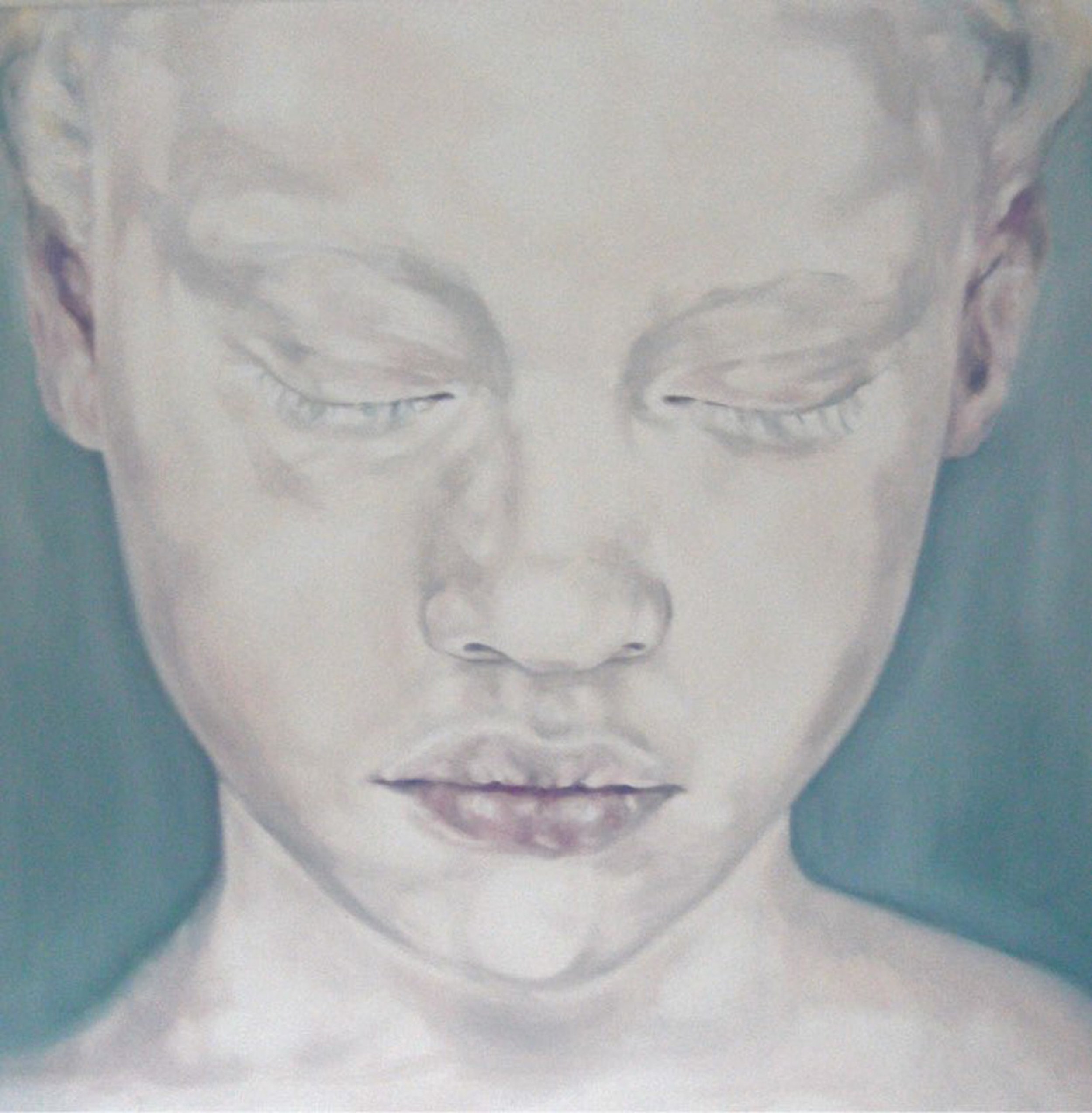
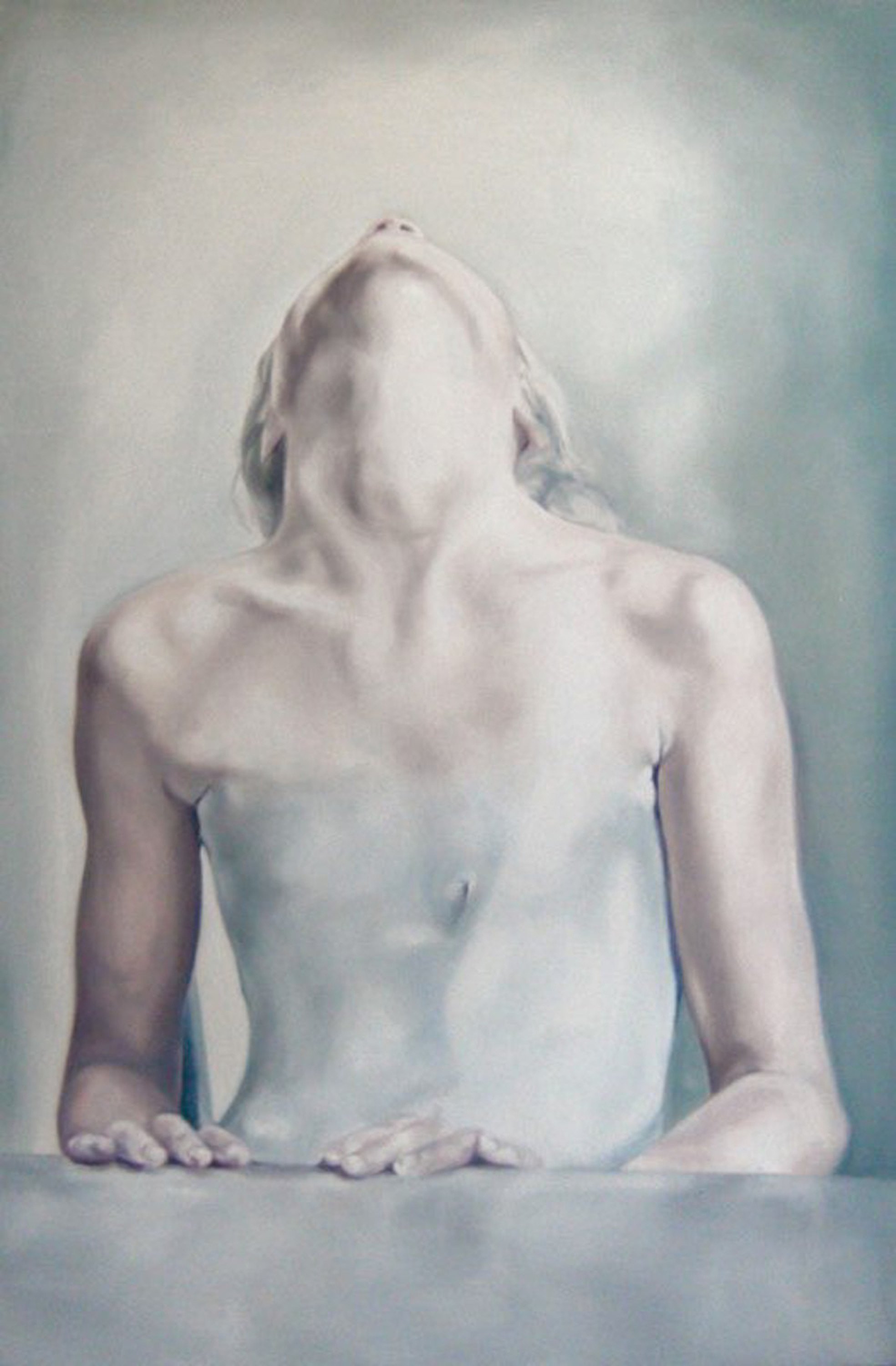
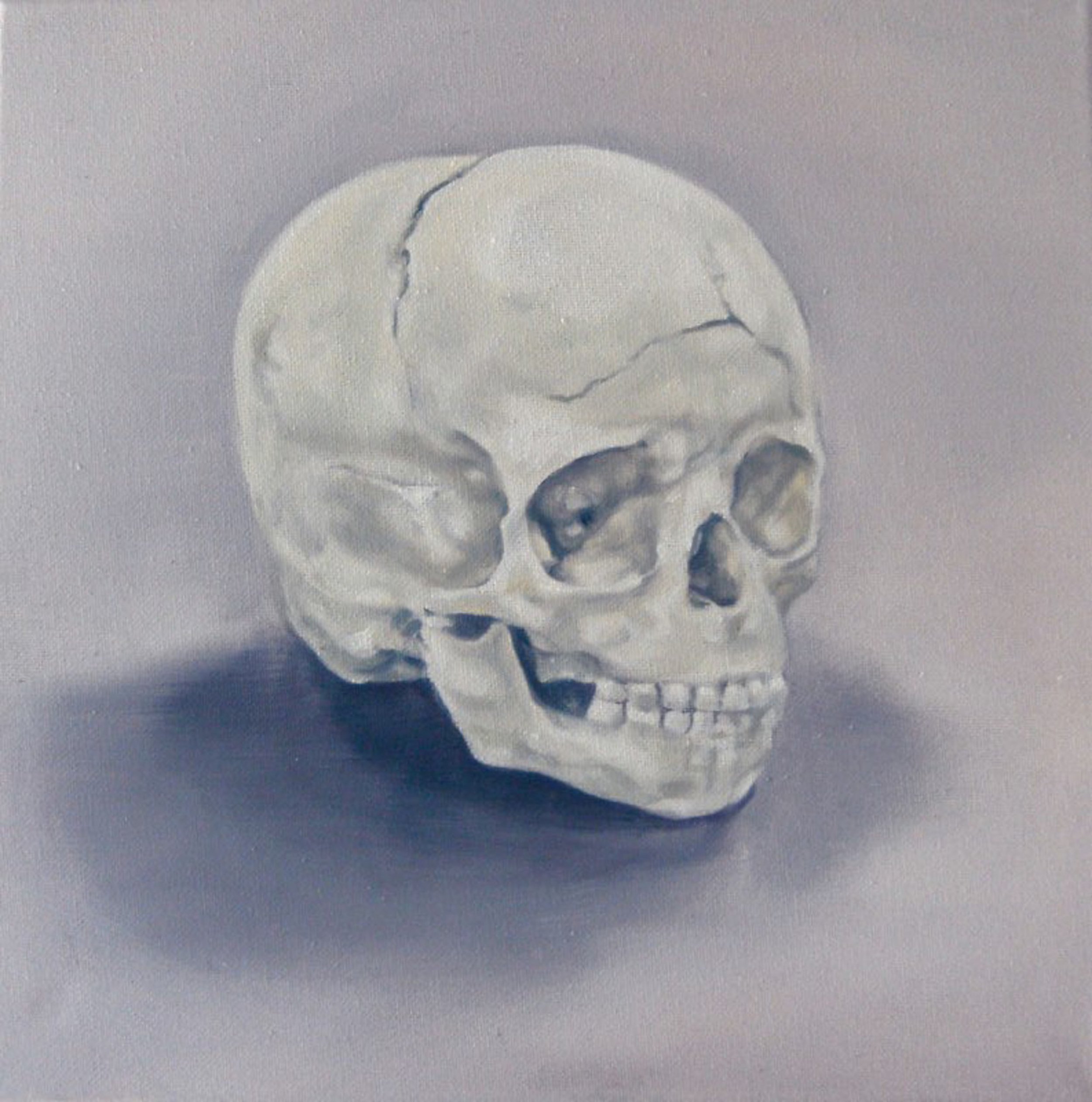





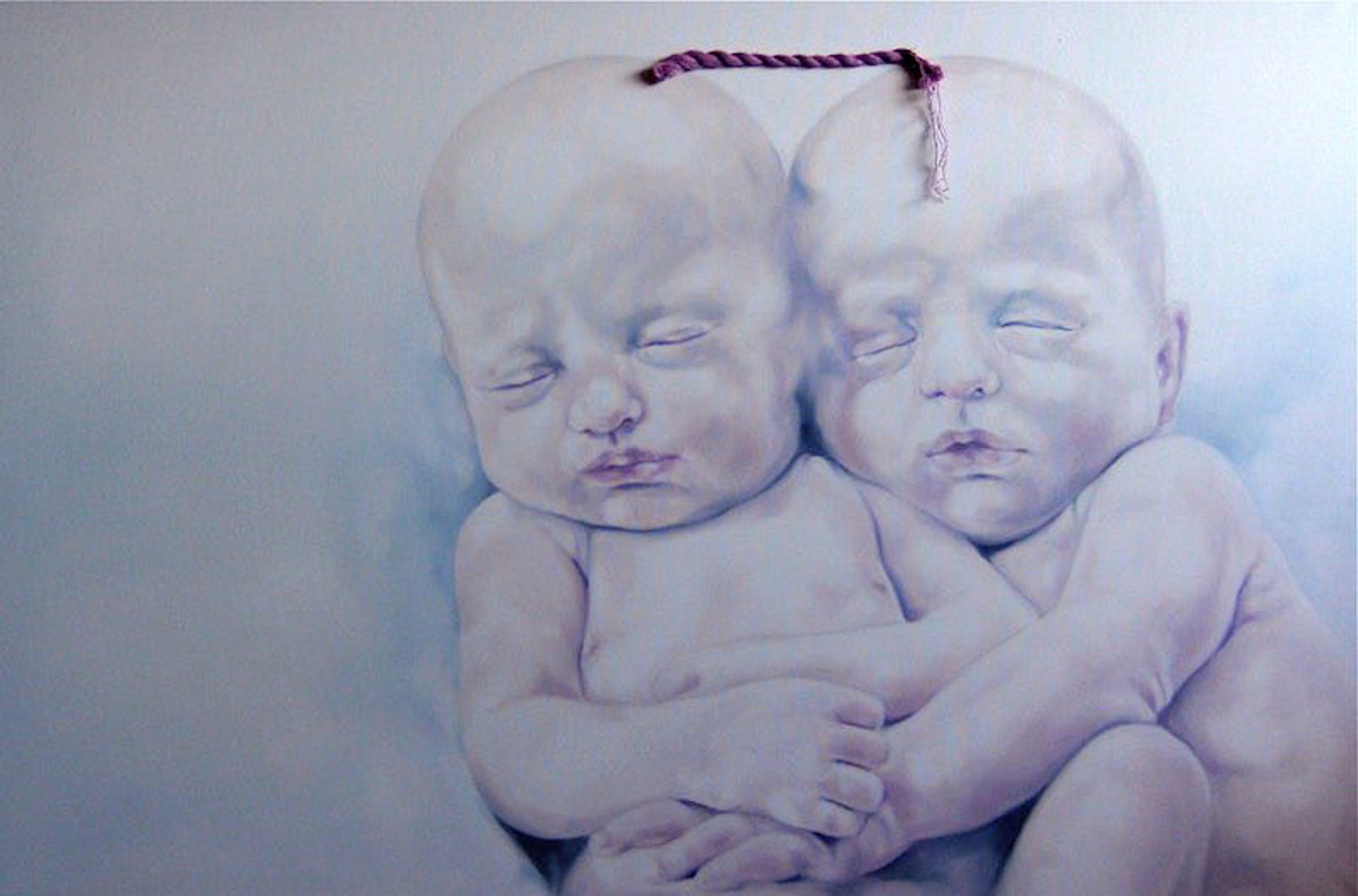

JOHAN CLARYSSE, 2022
Johan Clarysse creates paintings, drawings and collages. He constructs still images in order to express, and explore. His work aims to be mysterious in a lucid way. It formulates questions about the state of the image and the art of painting and it concentrates on the complexity of the human condition.
The images the artist employs attract and confuse, conceal and reveal. They are analyzed and invigorated. In doing so, an intriguing body of work full of double meanings and references originates. Clarysse’s body of work is playful as well as serious, clear as well as ambiguous and emotionally subdued as well as intense. It creates a pause in the amalgam of multiple, contiguous and competing images, circulating instantaneously on the various screens of the digital realm.
The ambiguity of human incentives, desires and the themes of identity and power that cohere with this, are recurrent motives in the artist’s work. To him, painting is a way of getting a grip on the world, himself and on that which somehow always seems to escape us all. It is also a never ending odyssey, a quest through which paint steers and determines the inner dynamics of each painting. Clarysse likes what he calls ‘elegant hitches’, which make the painting exciting. Framing, light deformations in perspective, the addition of texts or emblems, an abstract form in a mainly figurative image, playing with detailed versus unfinished parts… these are all examples of the artist’s intuitive decisions that constantly draw the viewer back to the level of the image.
Since 1996 Johan Clarysse has been following his own track as a painter. He studied philosophy before he definitely took the path of the visual arts. Clarysse’s paintings want to ‘be enigmatic in a transparent way’. They refer to the world of film and the media, advertising techniques, scraps from songs, and philosophical questions and citations. The statute of both language and image are uncertain in his art. Whether it concerns Japanese erotic prints, film stills, procession images, landscapes, portraits of philosophers or psychiatric patients, the painter appropriates the image in such a way that it loses its original self-evident and unambiguous meaning. Contrasts between word and image, temptation and confusion, pathos and irony, artistic image and advertising image play an intriguing game. A first monograph on his work with the title “Why October? & other questions?” is published in 2008 by publisher Ludion. A new book ’Walden & other suspicions’ is recently published in collaboration with MER Paper Kunsthalle.
Johan Clayrysse was born in 1957 in Kortrijk, Belgium and lives and works in Ghent, Belgium. His work has been shown internationally.

